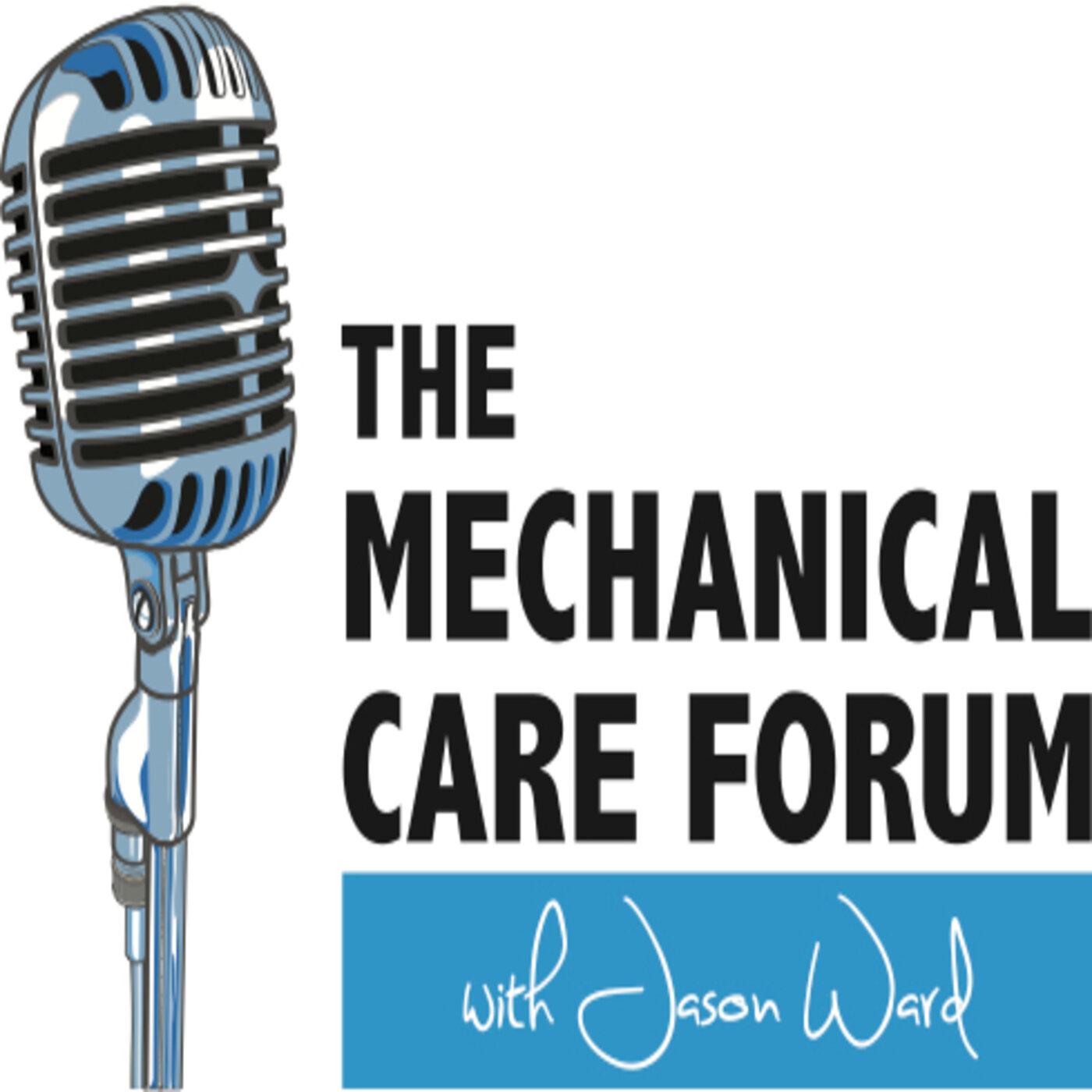In episode 9 of season 7 of Inside the Science we’re highlighting the study, “Effect of Information Content and General Practitioner Recommendation to Exercise on Treatment Beliefs and Intentions for Knee Osteoarthritis: An Online Multi-Arm Randomized Controlled Trial” with Dr. Belinda Lawford. You’ll hear her further share specifics on what prompted the study, how the study was carried out, her perspective on how this might be carried out in everyday practice, other studies on the topic, the clinical implications, and big takeaways.
Season 6, Episode 9 with Wayne Westcott: Exercise and Nutrition Effects on Body Composition and Blood Measures in Overweight Adults
In episode 9 of season 6 of Inside the Science, we're highlighting the study, “Exercise and Nutrition Effects on Body Composition and Blood Measures in Overweight Adults” with Dr. Wayne Westcott. He explains the details on what was included in the aerobic and resistance exercise, the more important data which were found, how these results compare to other attempts to reduce weight and improve body composition the clinical implications, and the big takeaways.
Season 5, Episode 5 with Richard Rosedale: Efficacy of Exercise Intervention as Determined by the McKenzie System of Mechanical Diagnosis and Therapy for Knee Osteoarthritis; An RCT
In episode 5 of season 5 of Inside the Science we’re highlighting the study, “Efficacy of Exercise Intervention as Determined by the McKenzie System of Mechanical Diagnosis and Therapy for Knee Osteoarthritis; A RCT” with Mr. Richard Rosedale. He shares some specifics of the methods important to understand, the operational definition of directional preference in this paper, the most important data he’d suggest we take from the results like the effect size, the clinical implications and the big takeaways.
Season 4, Episode 13 with Pierre Cote: Is a government -regulated rehab guideline more effective than a GP education or preferred-provider rehab for acute whiplash
In episode 13 of season 4 we’re highlighting the study, “Is a government-regulated rehabilitation guideline more effective than general practitioner education or preferred-provider rehabilitation in promoting recovery from acute whiplash-associated disorders? A pragmatic randomised controlled trial” with Dr. Pierre Cote. If you’d like to get access to the full discussion with Dr. Cote to hear him further explain how too much care too early can delay recovery, the differences of what was delivered in these three groups, how reducing the time it took for patients to receive care affected recovery, the specific implications and the big takeaways.
Season 4, Episode 7 with Italo Lemes: The study: Do exercise-based prevention programmes reduce non-contact musculoskeletal injuries in football (soccer)? A systematic review and meta-analysis
In episode 7 of season 4 we’re highlighting the study, “Do exercise-based prevention programs reduce non-contact musculoskeletal injuries in football (soccer)? A systematic review and meta-analysis with 13,355 athletes and more than 1 million exposure hours” with Dr. Italo Lemes. If you’d like to get access to the full discussion with Dr. Lemes to hear him further explain the specifics as to how this trial was conducted, what made up these prevention programs, what we should consider in addressing footballers or soccer players, the specific implications and the big takeaways
Season 1, Episode 16 with Daniel Belavy: Best modes of exercise for LBP
In episode 16 of season 1 of Inside the Science we’re highlighting the study, Which specific modes of exercise training are most effective for treating low back pain? Network meta-analysis and discussing it with one of the authors Daniel Belavy. He shares a look at this meta-analysis on exercise and what has shown effectiveness for low back pain. He explains what prompted this work, its clinical implications, how he’d suggest using it with patient education, and the big takeaways.
